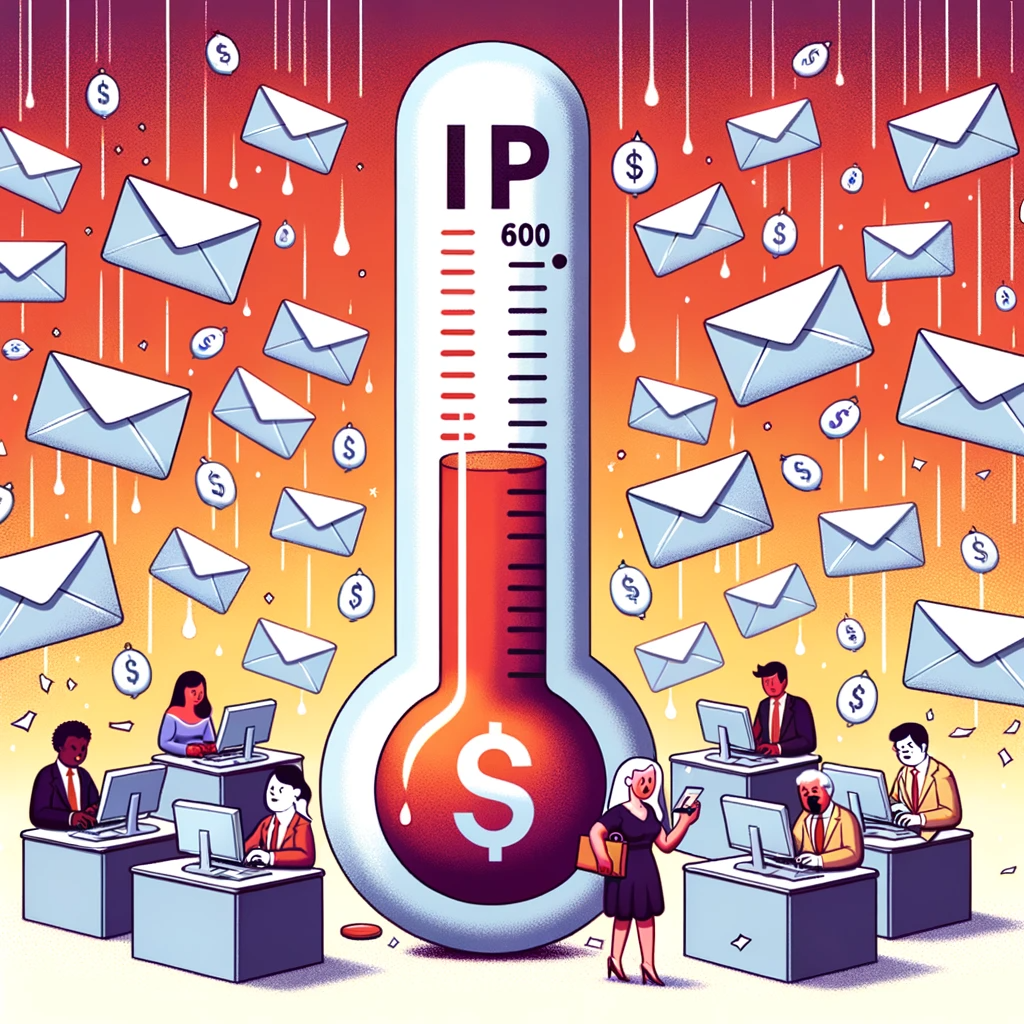In the dynamic world of email marketing, ensuring that your emails reach the inbox is a paramount concern. One pivotal strategy that stands between successful email delivery and the dreaded spam folder is IP warming. But what is it, how does it work, and why is it so essential? In this comprehensive guide, we demystify the art and science of IP warming, offering insights, best practices, and actionable steps to optimize your email deliverability and campaign effectiveness.
What is IP Warming?
IP warming is a process designed to establish the reputation of a new IP address, or one that has been dormant. This gradual process involves sending small volumes of emails, incrementally increasing the number over time.
Understanding the Basics
Every IP address has a reputation. When emails are sent from an IP with a solid reputation, they are more likely to land in the recipient’s inbox. If you’re using a new or “cold” IP, warming it up helps in building a positive sending reputation.
What is IP Warmup?
IP warmup aligns closely with email warming, denoting the strategic process of gradually increasing email send volume to boost the IP’s reputation over time.
Why do you need IP Warming?
IP warming is not just a technical necessity but a strategic asset in optimizing email deliverability.
Enhancing Deliverability
Explanation on how a warmed-up IP ensures your emails reach the recipient’s inbox, bypassing spam filters and blacklists.
IP Warming Marketing Cloud
Detailing the role of IP warming in establishing credibility in marketing clouds, ensuring effective delivery of automated and bulk emails.
Avoiding Spam Traps
Discussion on how IP warming helps in navigating and avoiding spam traps, thus ensuring your emails are not marked as spam.
Further read: What is Truncate Blacklist & How to delist your IP from it?
Building Sender Reputation
A look at the role of IP warming in building and enhancing the sender’s reputation, ensuring trust and credibility with ISPs.
How IP Warming Works
The process is systematic and considers various factors to ensure efficacy.
Warming Email Strategies
An exploration of the strategies including content quality, sending frequency, and recipient engagement to warm up an IP effectively.
Tip: Try Email Warmup for Free
IP Warming Schedule
Discussion on the critical role of scheduling, including pacing and volume of emails sent to ensure ISPs recognize the IP as legitimate.
Monitoring and Feedback
Explanation on how monitoring the performance and feedback of sent emails aids in adjusting the IP warming strategies for optimal results.
Adapting to ISP Requirements
An insight into how IP warming adapts to the varied requirements of different ISPs, ensuring customized approaches for effective email delivery.
Analyzing Performance Metrics
A deep dive into the essential metrics to monitor and analyze to evaluate and optimize the IP warming process continuously.
Frequently Asked Questions:
What is an example of IP warming?
An example of IP warming is when a business obtains a new IP address and starts sending low volumes of emails, gradually increasing the number over time to build a positive sender reputation?
What are the benefits of IP warming?
The benefits of IP warming include improved email deliverability, reduced chances of being marked as spam, enhanced sender reputation, and increased email engagement rates?
How to do an IP warmup?
An IP warmup involves starting with a small volume of emails and gradually increasing the number over time, monitoring feedback, optimizing email content, and ensuring recipients are engaged?
What is IP warming by domain?
IP warming by domain refers to the practice of warming up a new IP address by sending emails to different domains gradually, ensuring each domain’s specific sending thresholds and requirements are met?




